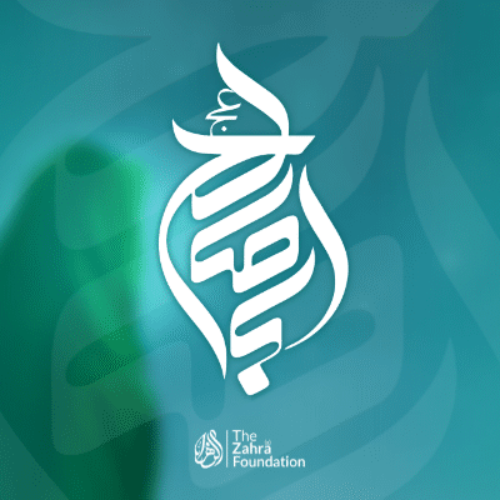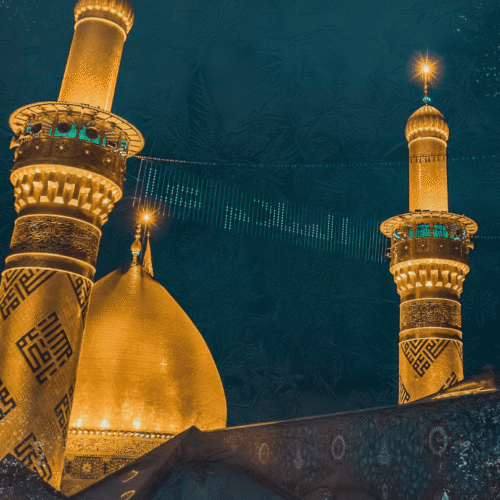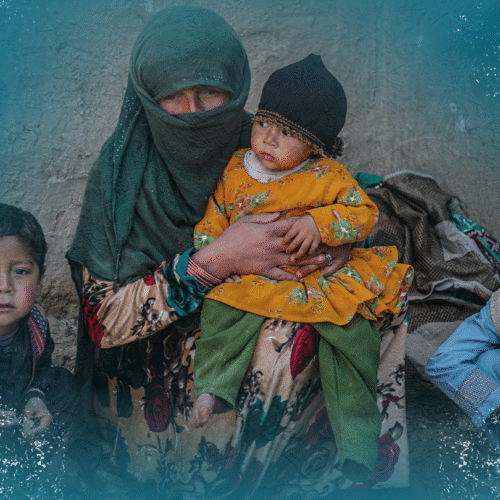What is Jannat al-Baqi?
Jannat al-Baqi (Arabic: جنة البقيع), often referred to as Baqīʿ al-Gharqad, is one of the oldest and most spiritually significant cemeteries in the Islamic world. Located in Madinah, it has long been a place of reverence and reflection.
The Prophet Muhammad (SAWA) chose this ground for his family and companions to be buried. Notable individuals laid to rest there include:
- Imam Hassan al-Mujtaba (AS), grandson of the Prophet (SAWA) and known for his generosity
- Imam Zayn al-Abideen (AS), renowned for his prayers and his resistance in the aftermath of Karbala
- Imam Muhammad al-Baqir (AS), an influential scholar whose teachings laid the groundwork for Islamic jurisprudence
- Imam Jaʿfar al-Sadiq (AS), a key figure whose students contributed to many Islamic traditions
- Fatima bint Asad, the compassionate mother of Imam Ali (AS)
- And many other prominent figures from early Islamic history
Before the 20th century, the site was decorated with domed shrines, visited by generations of pilgrims seeking knowledge, solace, and spiritual connection.

The Tragedy of 8 Shawwal
On April 21, 1925 (8 Shawwal 1344 AH), the shrines and tombs of Jannat al-Baqi were razed. The event sent shockwaves throughout the Muslim world and has been a point of sorrow and protest ever since.
For centuries, Baqi served as a place where Muslims could come to pray, reflect, and connect with the past. Its destruction severed that deep spiritual tie.
Today, the site is heavily restricted. The graves remain unmarked, and access for visitors is limited or prohibited.
Did You Know?
The Prophet (PBUH) would frequently visit Baqi to pray for those who had passed.
The site once featured intricate markers, architectural elements, and domes that reflected the reverence held for its residents.
Historical documents note that four domes stood over the graves of the four Imams.
All that remains today is a walled area devoid of identification or access.
Why It Matters Now
What was destroyed wasn’t just a cemetery—but a part of our collective spiritual identity.
The individuals buried there dedicated their lives to justice, knowledge, and compassion. Their impact is still felt across generations.
To remember Jannat al-Baqi is to honor our past and hold onto the teachings of those who shaped our moral and religious values.
At The Zahra Trust, we stand in defense of dignity, memory, and sacred heritage.
The site may have been demolished, but the legacy of those who rest there cannot be erased.
How Muslims Observe the 8th of Shawwal
Muslims across the globe mark the date each year with:
- Peaceful marches and public commemorations
- Educational gatherings in mosques and Islamic centres
- Special prayers and recitations for those buried in Baqi
Even after a hundred years, the movement continues: Restore Jannat al-Baqi.
What You Can Do to Make a Difference
- Learn and Share Their Stories
- Study the lives of the Ahlul Bayt (AS). Pass down their stories and values to the next generation.
- Pray for Their Honour
- Include them in your supplications. Ask for the preservation and restoration of their final resting places.
- Give in Their Name
- Support humanitarian and social justice projects inspired by their teachings—whether it’s helping orphans or building sustainable communities.
- Spread the Word
- Raise awareness respectfully. Share this message, start meaningful conversations, and amplify the call for remembrance.
Together, we can ensure their legacy lives on.






